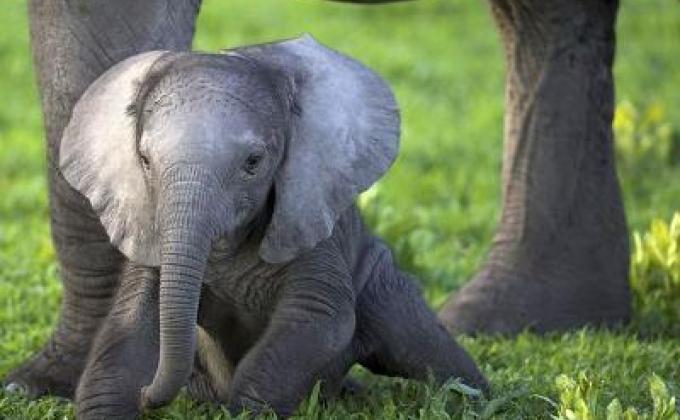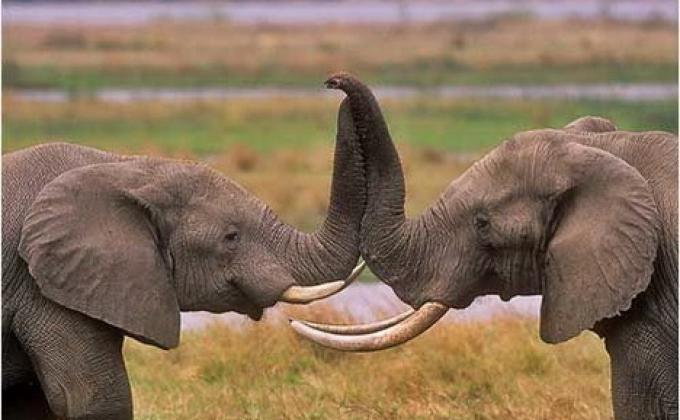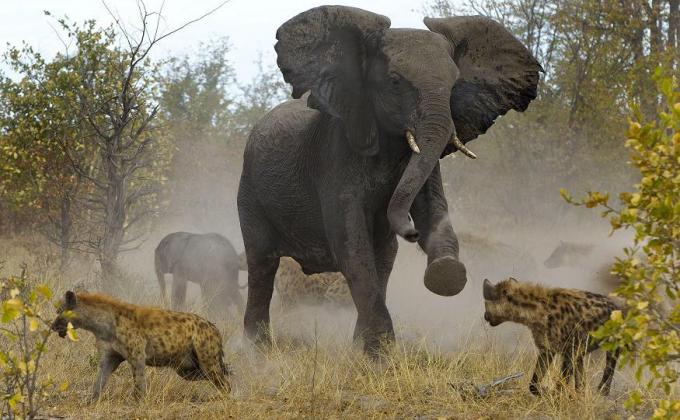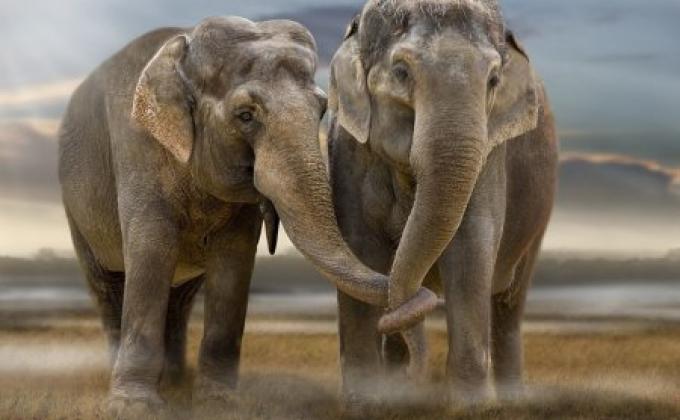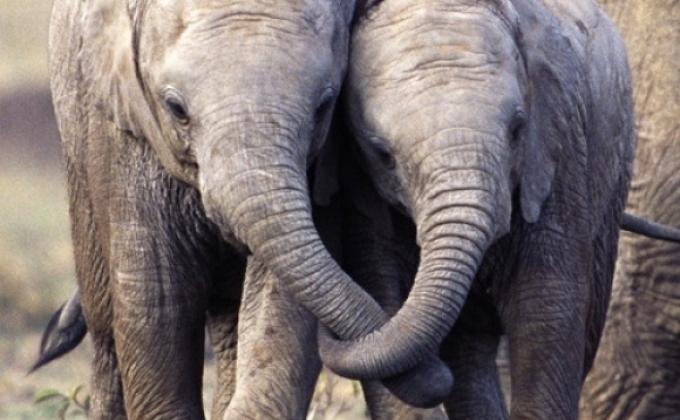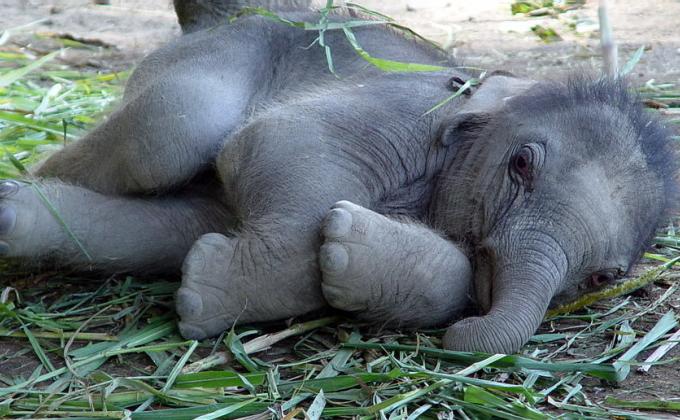
Traveling around the world, we witness incredible incidents. Every country has its own magic. Somewhere it is impossible to look away from the stunning architecture, while in other countries it is breathtaking to see the magnificent nature, the ocean coast or the local fauna. Elephants deserve special attention. In exotic countries, you will not only see them with your own eyes, but you will be able to feed and even ride them.
The elephant's "calling card" is its tusks. In ancient times, they had a more impressive size. Today they are small and can be seen only two-thirds of the total size. The funny thing is that, like humans, elephants can be right-handed and left-handed. Only if it concerns our hands, then elephants have tusks. In the course of life, animals adapt to the more active use of one of them. Tusks are necessary for carrying food, digging the ground, searching for food, fighting, etc. Elephants quench their thirst in a very interesting way. First, they collect life-giving moisture in the trunk, and then lower its tip into the mouth. The elephant's trunk holds up to 8 liters of water.
The trunk is needed not only for quenching thirst and conducting water procedures. Elephants greet each other in a very cute way – by intertwining their trunks. Despite the fact that these animals have rather large ears, they hear not only with them. They can even pick up noise at low frequencies with their feet. Elephants live for about 70-80 years, and can produce offspring for up to 50 years. Pregnancy lasts 22 months, and a newborn baby weighs about 100 kg. Animals experience a wide range of emotions – they can be sad or happy. They tenderly take care of babies and are considered very friendly giants.
